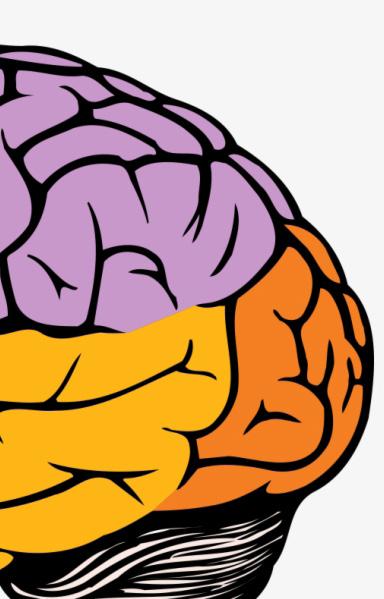
23 minute read
The importance of telescopes in the scientific world
Some people will have never used a telescope; most will have tried one once or twice to get a closer view of the sky. However, what few appreciate is the scientific power of the telescope which goes galaxies (both metaphorically and literally) beyond the beautiful view of a starlit nightscape.
It was in the early 17th century that this machine was discovered by a Dutch eyeglass maker Hans Lippershey who named this device a “looker”. Galileo,
Advertisement

one of the greatest physicists of all time, increased the magnification of this contraption to examine extraterrestrial bodies. It was from this development and many more advancements in technology over the subsequent years that the idea of the modern day telescope (now defined as ‘a device used to form magnified images of distant objects’) came about.
So many of today’s most important physics concepts have been proven by using a telescope. Possibly the most prominent of these was the use of a telescope in order to age the universe. The most famous telescope named the Hubble telescope was named after an astronomer Edwin Hubble and was constructed in 1993. This particular telescope played a significant role in helping astronomers calculate the distance since the Big Bang by measuring the brightness a special type of star called a Cepheid variable and then calculating the distance of 56 million light years which then helped them work out the rate of the expansion of the universe and subsequently how old it was. This discovery was huge as it changed the prediction of how old the earth was from a huge range of 10-20 billion years to a much more specific 13.8 billion years and this number was
then useful for other scientific investigations. managed to discover that nearly every major galaxy is anchored by a black hole at the centre.

Another important concept telescopes are responsible for is the proof of the existence of black holes. This was another discovery that had the Hubble telescope at its fore. The theory of what a black hole was at the time was an ‘object with a pull of gravity so strong that even light can’t escape it”. The Hubble telescope provided images that clearly prove that the gravity created by a black hole did affect light. Furthermore, a collection of NASA telescopes went on to prove further discoveries in this field. In 2004 NASA’s swift telescope observed gamma ray bursts which visually look like sudden flashes of light and the Hubble telescope collected data from the event’s aftermath, named the “afterglow”. From these two bits of data scientists were able to conclude that large explosions can occur when a black hole and a neutron star react and they can lead to the formation of another black hole. The Hubble telescope has also To conclude, a telescope is an astronomer’s main tool. It has been at the heart of too many major scientific discoveries to fit into this article. It plays such a major role in astrophysics which allows infinitely important discoveries that put our small earth in perspective inside the complicated and ever changing universe that

Facts about Put simply, a stroke is a condition where the blood supply to your brain gets cut off, affecting your psychologically, cognitively and physically. It is so serious that you could end up with speech problems, visual problems and even paralysis if not treated Strokes
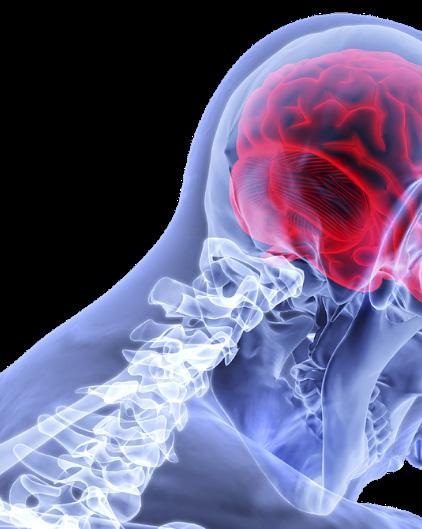
Some
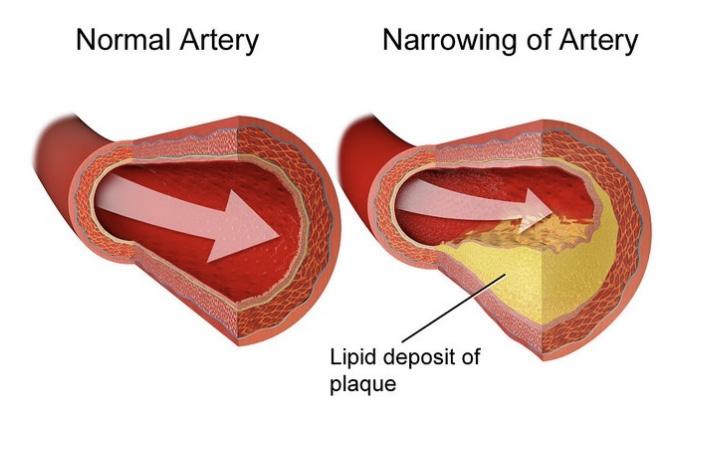
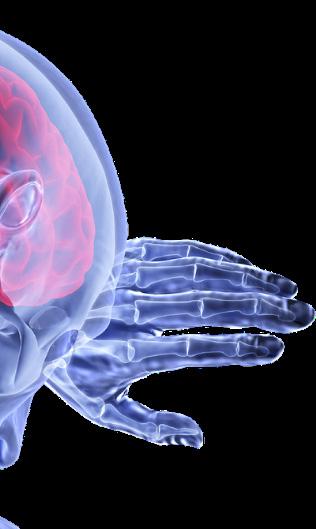
One of the most common types of strokes is an ischemic stroke, caused by a blood clot blocking or narrowing an artery leading to the brain. This usually happens due to cholesterol and calcium building up along the artery walls, forming what’s known as an artherosclerotic plaque. If this plaque ruptures, it could also cause a blood clot (thrombus), which would block the flow of blood and therefore cut the oxygen supply to the brain.
On a more complex level, the plaque is formed by high levels of LDLs (Low density lipoproteins that carry cholesterol) depositing in the tunica intima and oxidising, which ultimately become “foam cells” that die and release their lipid, causing the plaque to rupture.
I have two family members who have suffered from a stroke and got treated in time, so although an ischemic stroke is fatal, it can be treated if symptoms are recognized in time. Some warning signs of a stroke are problems with vision e.g. dimness or loss of vision, dizziness, problems with movement, numbness or weakness of the face or leg (usually one side of the body).
Since this topic is quite close to heart for me, I came across an article a while ago, explaining how a protein named cytokine APRIL found in rodents can be used to prevent plaque formation. A very brief conclusion is that a chemical named proteoglycan Perlecan is known to promote the possession of LDL cholesterols which are needed to form atherosclerotic plaque. APRIL is able to bind to Perlecan, so higher levels of it would reduce the chance of plaque formation. Furthermore, scientists were able to identify an anti-APRIL antibody that enhanced the binding of APRIL to Perlecan. They had tested it on mice and found that it reduced the chances of atherosclerosis in mice.
The most promising part of this study is that scientists discovered that another form of APRIL can be found in human blood, the level of which can be analysed and used to predict the risk of death from cardiovascular diseases in humans!
Science Blogpost

Lately, I have been reading a fiction book which is set in the future. In the book, there is one thing that catches my attention. The people there do not need to charge their electronic products from time to time, as they have electricity charging towers which can charge everything contactlessly and wirelessly. At that time, my world is being updated. I always thought that electronic products should be charged by either plugging in the wire or putting it on top of a wireless charging pad. In my world, there was no such thing as a contactless charger. This then made me want to drill in more.
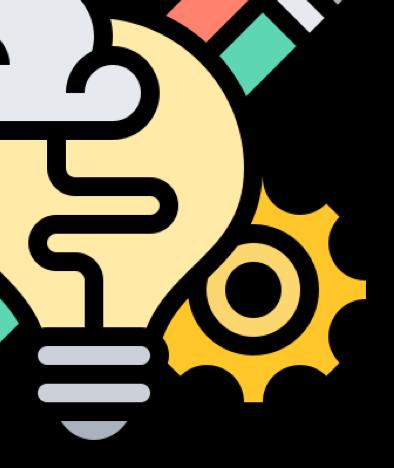
I surfed the internet, and, out of my expectations, Mr Nikola Tesla had once proposed this contactless and wireless charging idea in the 1890s. He wanted to make wireless power over long distances. For this, he even built a tower which is called the Wardenclyffe Tower. However, Mr Tesla failed at that time. Although he failed, he really was ahead of so many people at that time or even now. I was impressed.
According to his theory, he made a Tesla coil, which takes in high current and transforms it into high voltage. At the same time, it creates a change in magnetic field. When an electrical appliance comes near it, an induced current will be made and provide energy for the appliance.After knowing this, I was shocked. It is because I always think that the mechanism behind will be very complicated, but in fact it is an application to something I have learned in my IGCSE Physics.
can go far even with simple methods.
Although Mr Tesla has his theory, his plan failed due to a huge amount of power being wasted. However, an article published in The Conversation UK told us that the coming of wireless power may not be long. Authors in the article suggested that the 5G network may accomplish what Mr Tesla has dreamed about. The network of masts used for 5G transmission may also send power wirelessly to small devices. This could create a wireless charging environment. However, the huge power loss problem remains unsolved.
The mechanism behind contactless chargers was actually the same as a wireless charger, but with a longer distance. The primary coil in the charger changes magnetic fields and induces an induced current in the secondary coil in the phone. However, since air is not a good conductor but an insulator, increasing the charging distance may be very difficult.
But does contactless charger really doesn’t exist? Through further surfing on the internet, I found a real contactless charger which has been proposed and produced. Its name is Pi. Although Pi still cannot accept long distance charging, it can already do short distance contactless charging. The company uses magnetic fields to transmit energy to devices. As they say, the true thing that is difficult is to control the magnetic field, to make it more flexible, multi-device and extend its useful range. Since the charger would be connected to multiple devices, how to make each magnetic field able target a device is the problem. However, the company did manage to get out of it and successfully made Pi. Despite the success of Pi, due to the lack of market response, Pi at last gave up on its original contactless charger and went back to a normal wireless charger which charges devices when they are put on a pad.
Although normal wireless and contactless wireless chargers use the same theory to charge devices, it is a pity that they did not continue developing the contactless wireless chargers. Without the further development of long distance wireless charger, it may take a really long time before contactless charging becomes our norm.
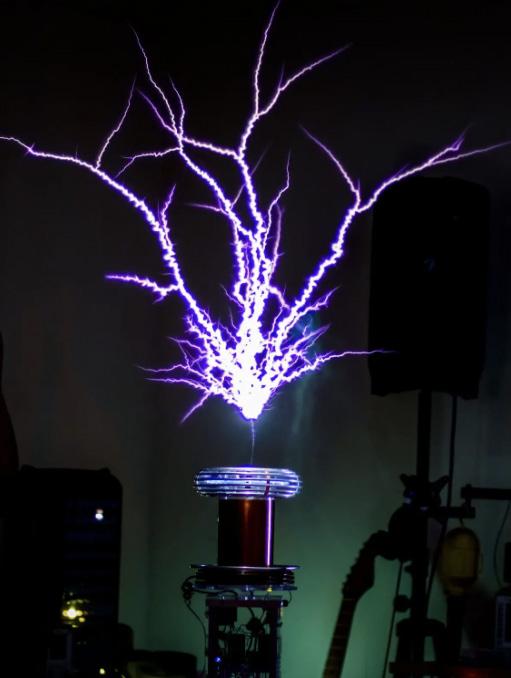

The science behind euthanasia
Euthanasia has been a topic that evokes strong ethical dilemmas throughout decades. Tracing euthanasia back to its roots, “the dose makes the poison”, poison and healthcare are strongly intertwined in the therapeutic usage of medicine. The dosage of drugs can completely convert the effect, a suitable dosage can heal people, and yet an overdose can be lethal. The mechanism behind euthanasia is precisely overdosing the patient. The group of drugs used for euthanasia is called barbiturates, known as sedativehypnotics, purposed by its effects ranging from mond relaxing, numbing the sensation of pain, to loss of conciousness. Sodium thiopental is a rapid-onset short-acting barbiturate, it is commonly used to carry out euthanasia by injecting it intravenously, followed by pancouronium bromide to paralyse muscles and stop breathing. This drug decreases neuronal activity and thus cerebral metabolic rate of oxygen consumption. The cerebrum’s main functions are for thinking, intelligence, consciousness and memory. As these drugs prevent it from respiring and thus from acquiring oxygen, it will experience hypoxia and eventually be unable to operate and send nerve systems to muscles, most significantly to the cardiac muscles, from which blood would not be able to be pumped to organs, and organs would fail to respire, and stop working altogether eventually.
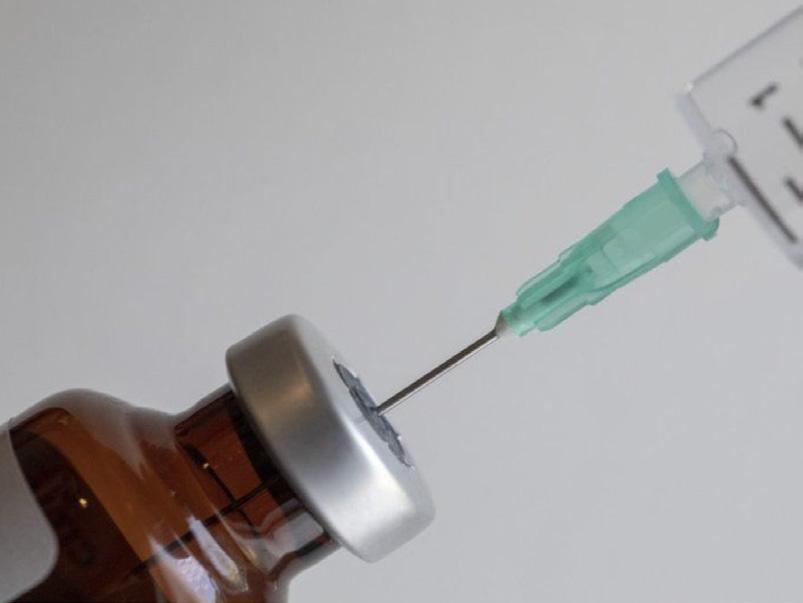
Loss of consciousness is induced within 30-45 seconds at a typical dose of 5g of sodium thiopental (which is 14 times more than the normal dose, for example anesthesia), its efficiency can be explained by its rapid distribution to fat throughout the body.

Euthanasia is not completely painless, however, as described by its name which means good death in Greek. Where using sodium thiopental might really offer patients a painless and dignified death, some euthanasia inducing drugs might take up to 30 hours to take effect on the patient (to result in the patient passing away). Undesired side-effects include prolonged duration of the dying process, difficulty in getting intravenous access and in swallowing oral agents. Inbreak in West Africa was all over the headlines - I was just about
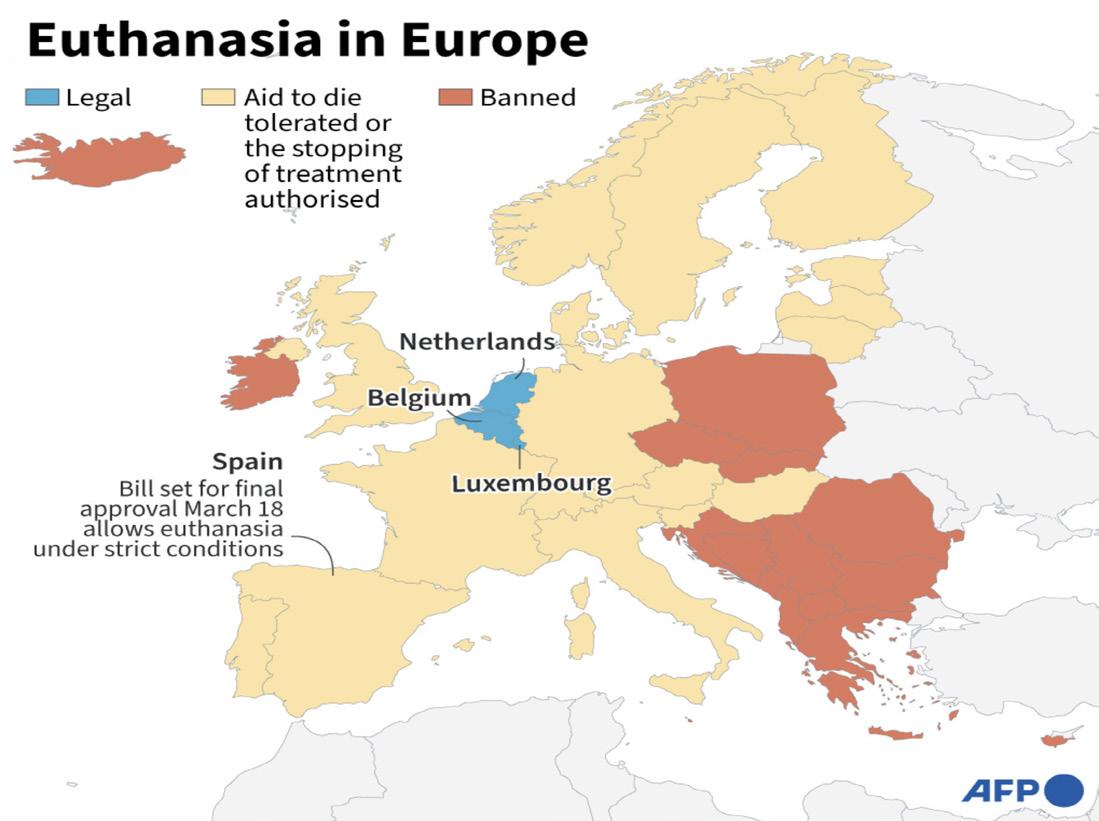
In 2013, the Ebola Virus outbreak in West Africa was all over the headlines - I was just old enough to remember it and was full of questions such as how was it being transmitted, why can’t they cure it, what started it, and most importantly, why was the virus in Africa and not here in the UK. Of course all of those questions were soon answered but I kept on wanting more information. I was incredibly jealous to learn that a friends dad was flying out to Sierra Leone and got to work first hand with the patients while I was stuck at home reading long articles on my mum’s phone. The desire to help the disadvantaged has stuck with me, and as a result I recently read the book War Doctor. The author David Nott has travelled across the world using his knowledge of trauma care to improve the lives of many people, be it delivering the baby of a underage girl who was raped, saving the life of someone who lost a limb in an explosion, or simply by performing basic procedures that previously couldn’t be done because there was no-one qualified to do so. It’s always surprised me how many people don’t seem to be aware of these inequalities and just go about their lives enjoying the excessive access to healthcare we have in the UK. Not many people seem to realise its the exception to trend compared to lots of the rest of the world. Even currently with the COVID-19 pandemic, people forget to think about life in less developed parts of the world. There are constant discussions regarding the comparative efficacy of the Astra-Zeneca
and Pfizer vaccines in the UK, whereas in Madagascar only 0.3% of the population have been fully vaccinated - unsurprising in a country where almost 80% of people live in extreme poverty. I thought healthcare was meant to be a universal right that everyone deserves access to?

CRISPR technology humanitarian medicine

CRISPR technology humanitarian medicine
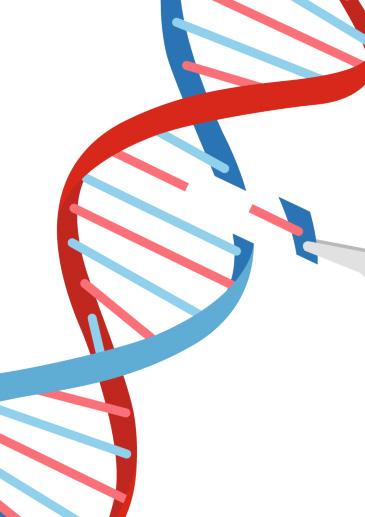
CRISPR (An acronym for Clustered Regularly Interspaced Short Palindromic Repeats) is a method of gene editing that can change the sequence of DNA very precisely. It was first discovered by a team of scientists led by Yoshizumi Ishino at Osaka University in 2012. It is used to disable or repair mutated genes which could cause diseases. CRISPR is particularly interesting because of its potential to cure a multitude of genetic conditions such as Down Syndrome, Cystic Fibrosis, Hemophilia and many others. Most of these theories are still in preclinical trials, however, at the University of Pennsylvania, they have completed phase one of their trials of using CRISPR to cure cancer. They have used Cas 9 to remove three genes that help cancer invade the immune system and added another gene that will help the immune cells recognise tumour cells. The results of the trial were optimistic and have encouraged further trials on a cure for cancer. Scientists also believe that they can use a combination of CRISPR and antiretroviral drugs to cure viral infections such as AIDS by removing HIV DNA from the host cell genomes. They have begun trials on mice at the University of Nebraska and hope to find the first-ever cure for this disease.
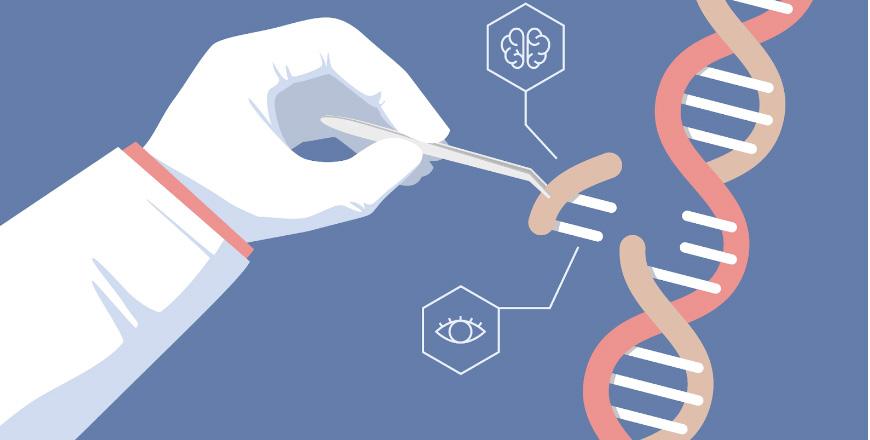
Around 10% of women in the United Kingdom struggle with infertility, causes include ovulation dysfunction, uterine issues, tubal infertility and cervical factors. One common cause that is easily curable (if caught early), is Chlamydia. It is the most common STI in the UK, it is a prevalent disease that affects an estimated 15% of women from the ages of 15-25 years, and 75 % of those women are unaware of this, leading to untreated cases and potentially decreasing fertility. Chlamydia trachomatis can lead to PDI, (pelvic inflammatory disease), this results in tubal scarring or inflammation. Tubal factor infertility (TFI) is where bacteria spreads up from the cervix, along to the endometrium and into the fallopian tubes. The epithelial surface of the fallopian tubes become inflamed, this surface is made up of many fine tissues, so after inflammation scarring occurs. Scarring intern causes adhesions in the tube, which is only 1-4 mm in diameter. This prevents the natural passage of the egg going down the fallopian tube, preventing implantation of the egg, or an atypical implantation within the fallopian tube, causing a non viable ectopic pregnancy. The medical term for this is salpingitis, and it can also be caused by other STI’s - although Chlamydia is the most common cause in the UK. Infertility due to tubal factors, makes up approximately 30% of cases, so regular screening for Chlamydia would reduce PDI and TFI, helping increase fertility rates again, and also increase disease awareness. Male fertility rates have also declined, at an alarming rate. The way male fertility is measured best is by a scale named total motile sperm count, this is the fraction of sperm that can move to swim to the egg. Data showed that there has been a 10% decrease in the last 16 years of men with normal motile sperm count. There are a variety of reasons for this, including hyperthermia of the testes (sitting, driving), obesity, caffeine, alcohol, drug use, smoking and increased radiation. However one factor that is not normally discussed is environmental toxicity. Environmental toxicity disrupts our endocrine system, that is a complex system of glands and other tissue that secrete hormones and other biological substances. These toxic molecules are commonly found in pesticides, toxic gases and heavy metals. They mimic hormones in our bodies, hence can alter testosterone levels, which are responsible for keeping a healthy motile sperm count. Regretfully these substances are found in what we consume and even our atmosphere. Fruit and vegetables are sprayed with pesticides for preservation; The plastic in single use bottles contain plasticizers - these can increase the hormone oestrogen (unhelpful for male fertility) and decrease androgen (testosterone and other related male hormones) and even the air we breathe contains harmful gases, such as nitrogen oxide and sulphur dioxide, which can alter DNA. The pituitary gland secretes the hormones LH and FSH. LH is responsible for making the testes produce testosterone, the production of sperm is driven by FSH, however the process also needs testosterone, from the testes, to produce sperm with a high motile count. Henceforth environmental toxicity. which tampers with precise levels of hormones, testosterone, can significantly lower fertility in men.

24
Why have Fertility Rates
25 Why have Fertility Rates
Steeply Declined in the
An estimated 1 in 8 couples struggles with infertility, the inability to conceive 21st Century? over a twelve month period or longer. The psychosocial impact of this extends to most communities, and this essay seeks to understand some key factors behind this occurrence, by examining one of the many causes per sex that decrease fertility.
Lastly, and arguably the biggest reason for the decline of fertility rates, is related to the biology of ageing. Societal norms to reduce the number of children you have, and increase the age at which you have them impact upon fertility rates and overall pregnancy outcomes. Studies show that in the 1960’s the average age to have your first child was 21 years, comparatively in 2017 the average age was 30 years. Modern medicine and contraception has now allowed couples to have control over whether or when children are born. Consequently women have been able to delay childbearing, should they choose, in order to focus on their careers and gain financial stability or for other reasons of preference. With modern technology couples may also feel more confident delaying childbearing, due to resources like IVF, ovulation induction, artificial insemination, and surrogacy. However it is known that quality and quantity of ovums decline with age unil menopause, and quality and motility of sperm decreases - albeit less dramatically. If this is positive or negative, is a moral and ethical issue, beyond this discussion in this essay. To conclude, there has been a significant decline in both male and female factor fertility in the 21st century. Simple measures to reduce the factors above would be reducing use of single use plastic, buying organic produce, regular STI screening (male and female) and educating our nation about the potentially preventable causes of infertility. Lastly, we can have a conversation as a society about the current pressures, circumstances and provisions (maternity and paternity leave), such that people can choose an appropriate time to start a family.

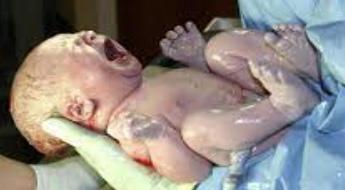
THE BRAIN
We all know that the brain is an extremely important part of human. But have you ever thought about , what will happen to humans if the right and left hemisphere of the brain is cut apart?
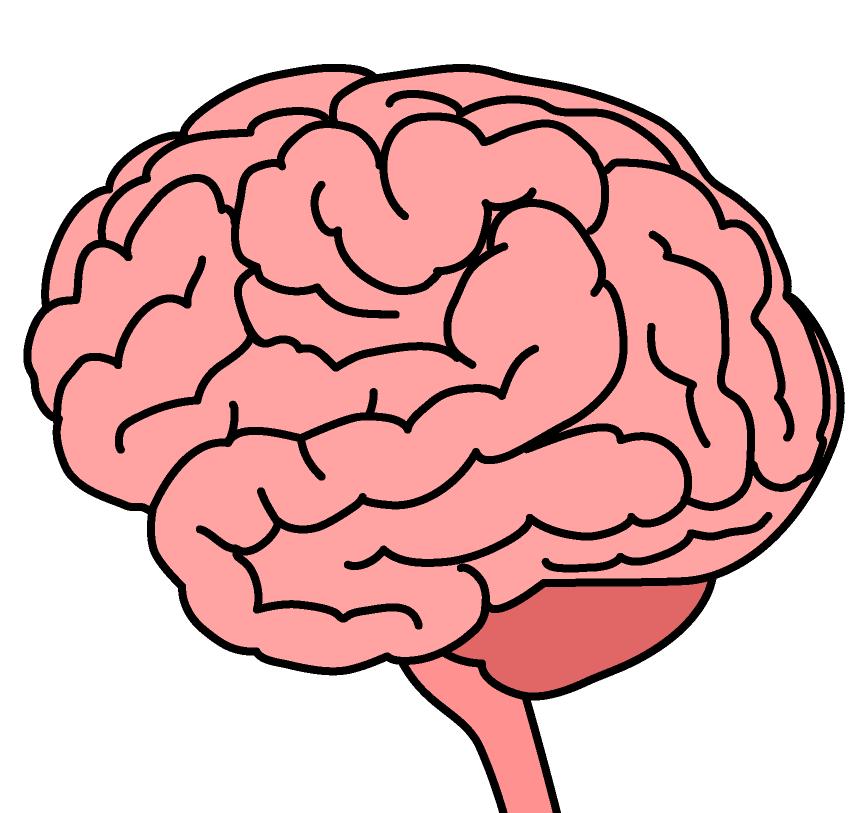
The hemispheres communicate with each other through the corpus callosum, which is a bundle of fibres. So cutting the corpus callosum will separate the two brains. It may seems ridiculous. However, William wagning was the first person who did the Corpus Callosotomy surgery and proves that its possible! It was then used to cure Epilepsy, which was caused by the many abnormal signals running through the two sides of the brain and cause vigorous shaking.
After the corpus callosum severing, all participants’ personality, intelligence, and emotions appeared to be unaffected. However, the testing done by Sperry and Gazzaniga showed the subjects demonstrated unusual mental abilities. A display with a spot was put infront of the patient who did the surgery before. Normally, we can tell and draw things we see on both sides. However, people who did the surgery cannot. In the experiment, a word”pan” was shown on the left side of the spot, but the patient said he couldnt see it. However, when he was told to draw it with left hand, he could draw a pan! More surprisingly, when a saw is shown on the left and a hammer is shown on the right, he said he saw a hammer, however, he drew a saw on his left hand! It is due to the fact that two parts of our brains are responsible for different duties separately. Our left brain will do language and written work, while our right brain will do creativity and imagination. Also, our left brain controls the right hand and right eye, vice versa. Hence, when our corpus callosum is cut and our brains are separated, there’s no linkage between the brains and the results happened! The experiment proves that the two brains are actually working independently. And that our brains have two consciousness!
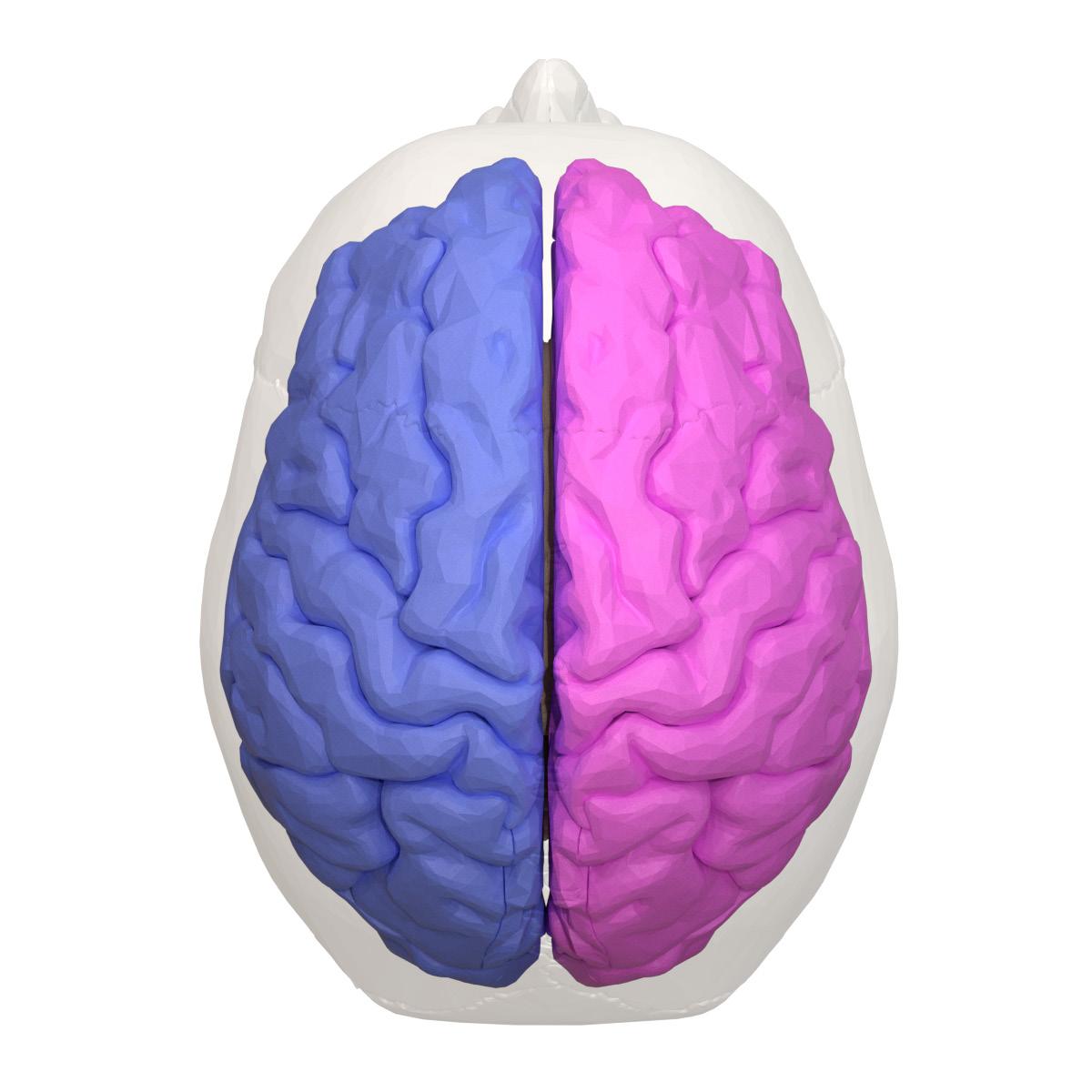
Brain Disorder: Schizophrenia
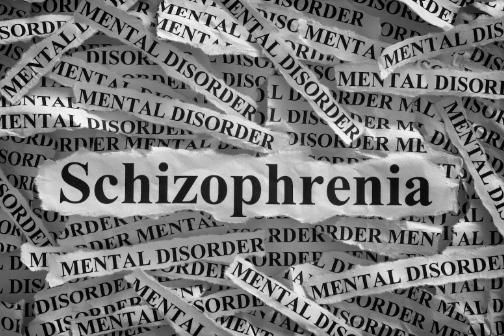
Up to 1 billion people suffer from all types of neurological disorders, Alzheimer and Parkinson disease, strokes, dementia, and etc. Schizophrenia is one of them. According to WHO, 24 million (1 in 300) people worldwide suffer from schizophrenia. People with schizophrenia does not only suffer from the symptoms, but also stigma, discrimination and violation of human right in the society. They are 2-3 times more likely to die early than the general population. Different from Alzheimer’s disease, its onset is most often during late adolescence and the twenties, and onset tends to happen earlier among men than among women. Schizophrenia is classified as a chronic mental illness, meaning that patients cannot expect full recoveries from it. People often experience persistent difficulties with their cognitive or thinking skills. There are two types of symptoms which the patient may experience: positive and negative. Positive symptoms are when the symptoms add to their experience of life. These may include hallucinations and delusions. Hallucinations are characterised by a distorted view or perception of real stimuli or perceptions of stimuli which have no basis in reality. One of the three kinds of hallucinations in schizophrenia is auditory hallucinations, which is also the most common one, where people may be hearing voices in their heads. The voices could be angry and demanding or whispering and looming. It is suggested by some scholars that Vincent van Gogh experienced hallucinations during his life, which could be why he had cut off his left ear. when they feel like something is touching or moving on their body. Another type of hallucination is visual hallucinations, where people see things that are unreal, typically deceased loved ones, possibly accompanied by trouble with depth perception and distance. Tactile hallucinations also occur in some patients, generallywhen they feel like something is touching or moving on their body. Except for hallucinations, delusions have also been affecting the patients of schizophrenia. This is a set of beliefs with no basis in reality at all, the most common delusions are persecutors and delusions of grandeur. In many of the cases, patients often become paranoid of being stalked by people (e.g. being stalked by the Royal Family) or think that they are special and are in a higher hierarchy than the others. In contrast to those positive symptoms, negative symptoms tend to affect people by removing certain mental functions and experiences in them. Patients may show speech poverty, where there is a significantly low level of the frequency and quality of speech. In addition, patients may undergo avolition and catatonia, which is a lack of motivation and movement towards day-to-day tasks respectively.
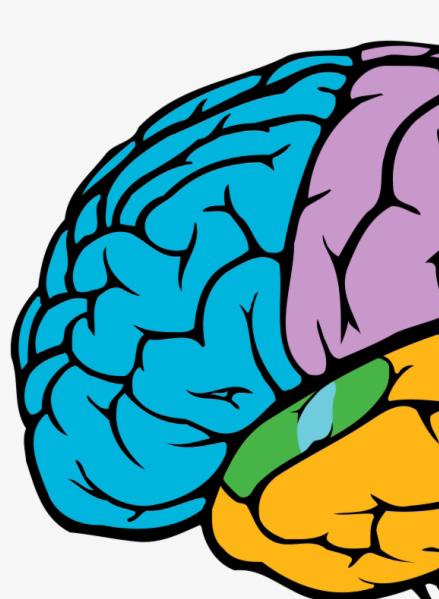
Through research, scientists have failed to identify a single cause of schizophrenia, but multiple explanations. One of the explanations is the biological factor, using genetics as there appeared to be a strong familial link for inheriting schizophrenia. Gottesman (1991) discovered a positive correlation between the genetic closeness of family members and the risk of developing schizophrenia. Another biological factor proposed was the dopamine hypothesis: hyperactivity of dopamine may be a result of the positive symptoms of schizophrenia. However, biological explanations were criticised for being strongly deterministic, as it suggests that it is impossible to prevent the development of schizophrenia as it is determined by genetic factors, the psychological factor is also involved in the development of schizophrenia. The ‘double-bind’ theory suggested that the development is due to abnormal family communication styles created by the ‘schizophrenogenic mother’, who is characterised by being cold and rejecting. According to the theory, the child receives mixed messages from both parents about what is right and wrong, and when the child makes a mistake, they are punished through a withdrawal of love. This leads to the child perceiving the world as unfair and confusing, hence increasing their risk of developing schizophrenia.
The purpose of finding out the causes of the disorder was so the patients could be treated, accordingly, different treatments targeting each symptom or cause were developed. For instance, schizophrenia that originated from excess dopamine was given dopamine antagonist drugs to block the entry of dopamine neurotransmitters into the neurons to reduce its effect. Psychologically, positive symptoms could be treated by challenging their beliefs, particularly when the patient is experiencing delusions; patients with negative symptoms were provided with cognitive behavioural treatments. For example, avolition sufferers would receive day-to-day tasks which progresses from simple tasks such as making a cup to tea, to more complicated tasks that help them to return to normal daily activities. Even though there is currently no known cure for this disorder, the different types of therapies are constantly improving, helping the sufferers to return to their normal life as much as possible.
